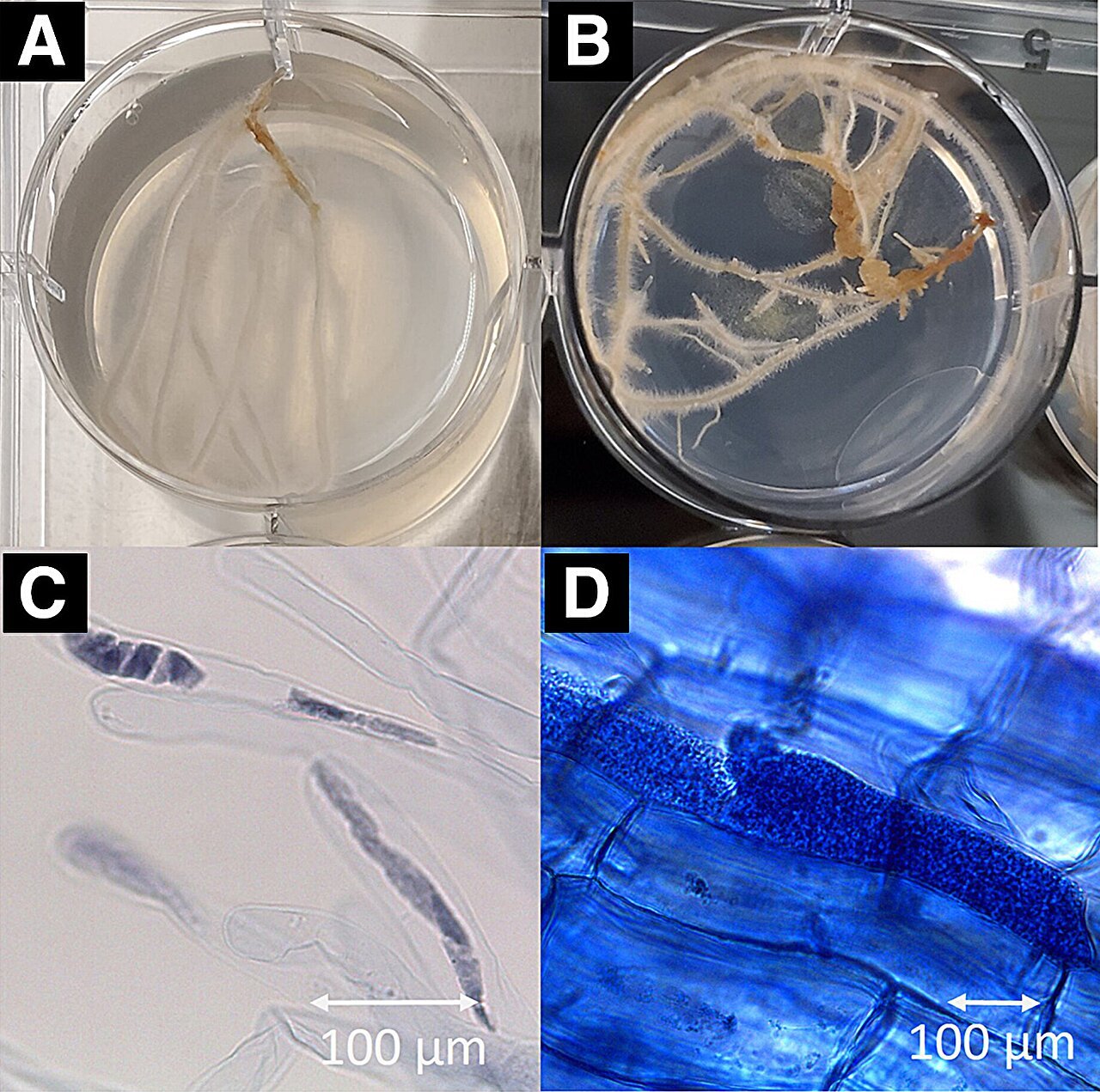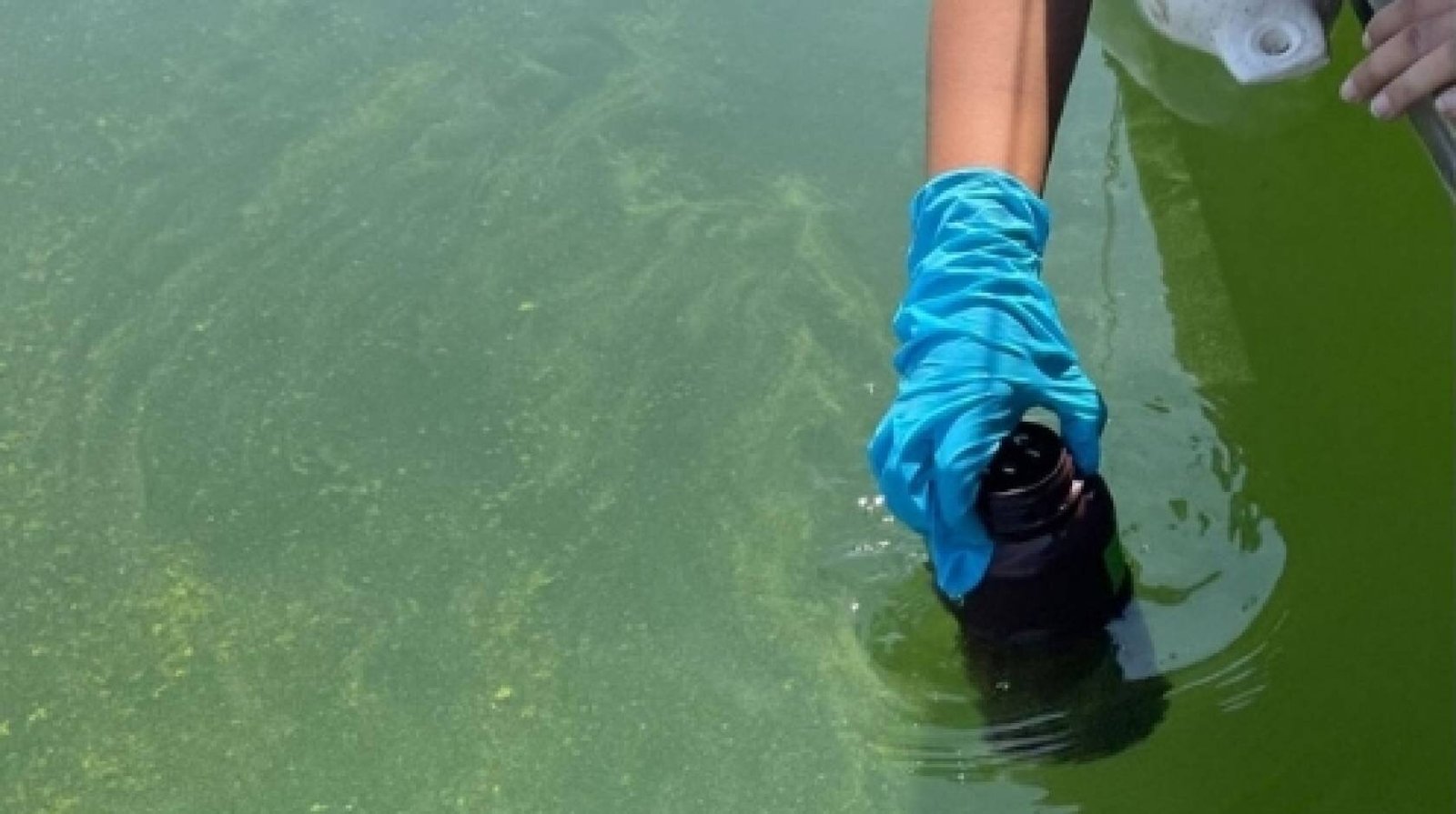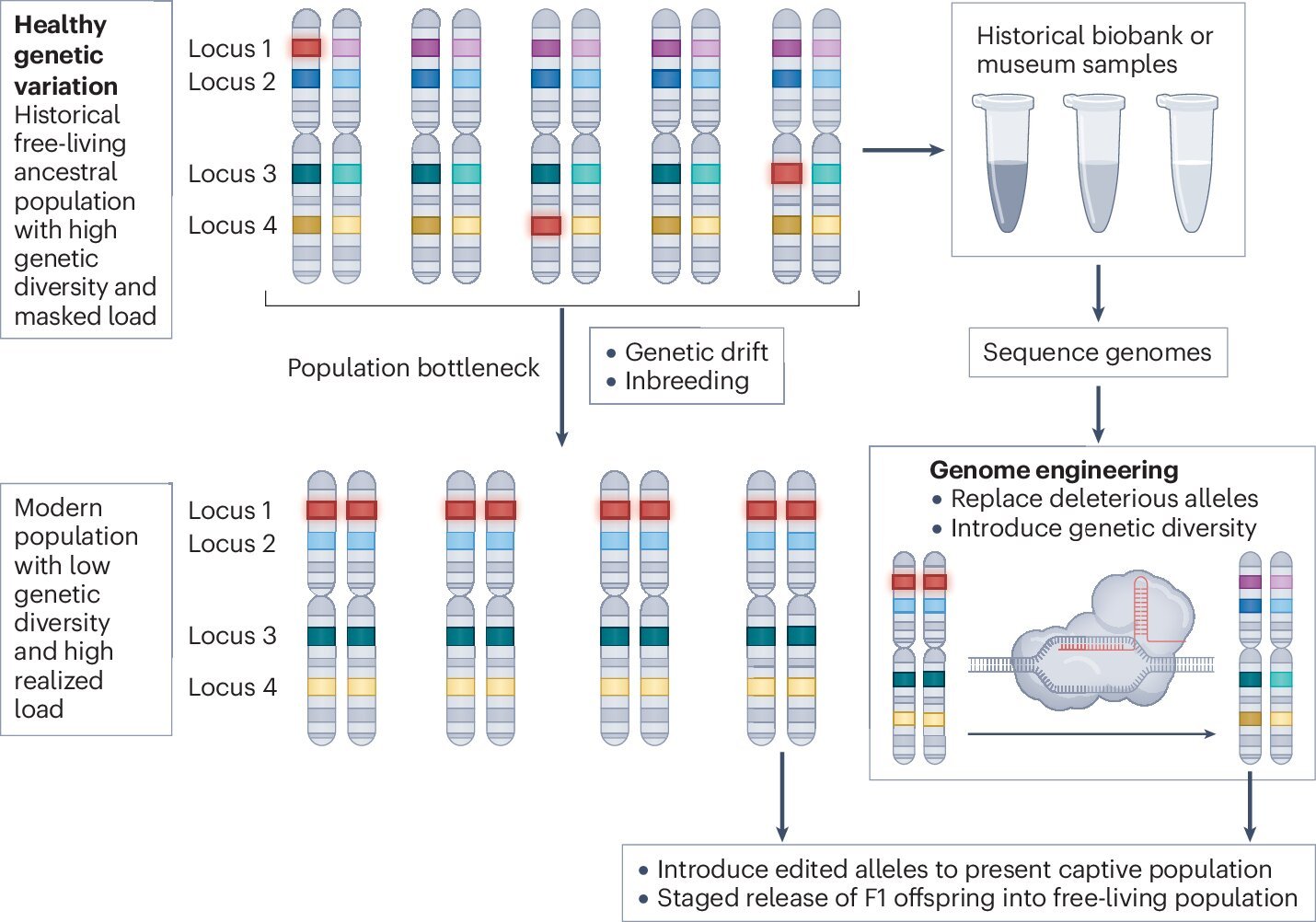
A team of plant scientists has made a significant breakthrough in understanding how potato plants defend themselves against Spongospora subterranea f. sp. subterranea (Sss)—the soilborne pathogen that causes powdery scab, an emerging and economically damaging disease affecting potato crops worldwide.
In a new study published in Molecular Plant-Microbe Interactions, researchers discovered that potato plants rely on salicylic acid (SA)—a plant hormone best known for its role in triggering immune responses—to protect their roots from this unusual invader. Though widely recognized as a natural defense signal in plants, salicylic acid also has historical significance in human medicine: it’s the precursor to acetylsalicylic acid, better known as aspirin.
Unlike most plant pathogens, which are fungi or bacteria, Sss is a protist—a lesser-known group of single-celled organisms rarely studied in plant disease research. Because Sss cannot be cultured in the lab and survives in the soil for years, it has remained especially difficult to study and nearly impossible to manage through conventional agricultural practices.
“Plants use different immune strategies depending on the type of pathogen attacking them,” explained Kiwamu Tanaka (Washington State University). “Because Sss behaves like a biotroph—a pathogen that feeds on living plant tissue—we suspected that the salicylic acid pathway might be involved in the plant’s defense.”
To test this, the research team examined how hormone levels changed in potato roots following Sss infection. They found that SA levels rose sharply after infection, while other major defense-related hormones, such as jasmonic acid, remained unchanged. Further genetic experiments confirmed that disrupting the SA signaling pathway made plants more vulnerable to infection, while enhancing it improved resistance—strong evidence that salicylic acid plays a central role in the potato’s immune response to Sss.
Adding to the study’s innovation, the team used a cutting-edge “hairy root” system: Hormone-independent root structures were induced by a bacterium called Rhizobium rhizogenes to rapidly study root-pathogen interactions in a controlled environment. Unlike traditional soil assays, which can take months, this system allowed researchers to produce consistent infection results in just 2–4 weeks, dramatically speeding up the research process.
The threat of Sss goes further than causing powdery scab. Sss can also transmit another harmful agent—potato mop-top virus (PMTV)—which causes tuber necrosis and is considered a quarantine pathogen in some countries. This makes Sss a double threat: both as a damaging root pathogen and as a viral vector. Effective management requires an integrated strategy that incorporates host resistance, insights into pathogen biology, and environmental influences. By targeting Sss, researchers can develop control measures that address two significant potato diseases for the price of one.
“This is the first time we’ve had a clear picture of how potatoes naturally defend themselves against this kind of pathogen,” said Samodya Jayasinghe (Washington State University), the study’s first author. “Because Sss is so hard to study and there are no effective treatments, our findings offer a vital foundation for developing potato varieties with improved resistance—something the global industry urgently needs.”
More information:
Samodya K. Jayasinghe et al, Salicylic Acid Plays a Major Role in Potato Defense Against Powdery Scab Pathogen, Spongospora subterranea f. sp. subterranea, Molecular Plant-Microbe Interactions (2025). DOI: 10.1094/MPMI-12-24-0154-R
Provided by
American Phytopathological Society
Citation:
New study unlocks molecular defense against devastating potato pathogen (2025, July 23)
retrieved 23 July 2025
from https://phys.org/news/2025-07-molecular-defense-devastating-potato-pathogen.html
This document is subject to copyright. Apart from any fair dealing for the purpose of private study or research, no
part may be reproduced without the written permission. The content is provided for information purposes only.




